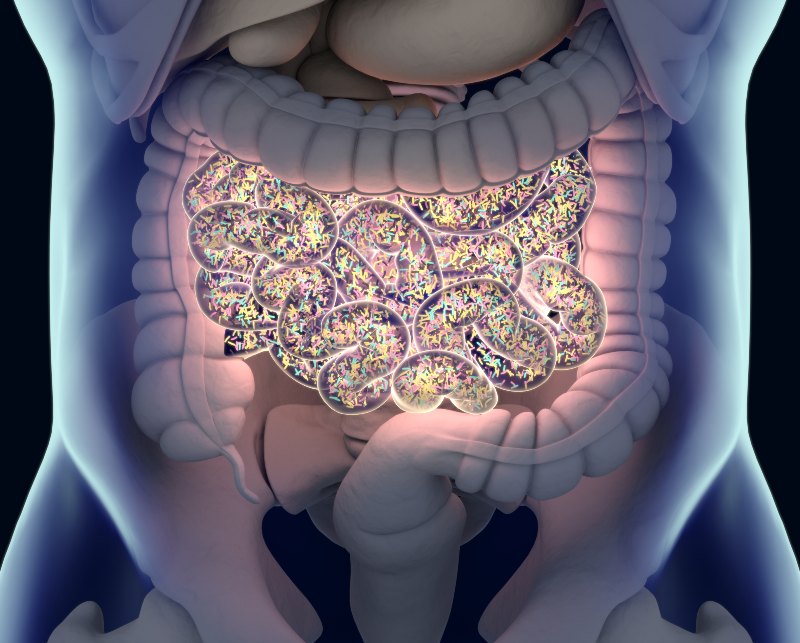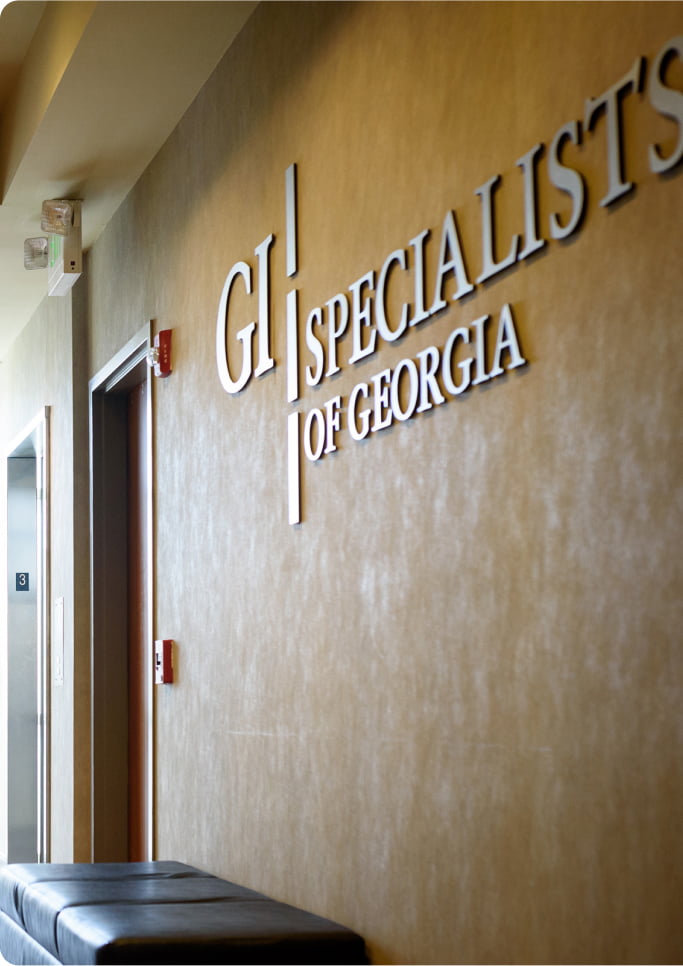Overview
Rectal bleeding in small amounts is common and usually not life-threatening. It may present as blood in the toilet, on the outside of your stool, or with wiping after a bowel movement. Most common causes are hemorrhoids and anal fissures. However, other more serious causes include colitis (inflammation of the colon), colon polyps, diverticulosis, and cancer.
The term rectal bleeding is usually used to describe bright red blood per rectum which comes from the most distal part of the digestive tract. However, bleeding from the upper digestive tract, small bowel or proximal colon, can produce black, tarry bowel movements (known as melena), dark red bowel movements or bowel movements with blood clots.
Learn More about Rectal Bleeding
Schedule an Appointment with Our Atlanta-Area Gastroenterologists
Whether you’re here for an endoscopic ultrasound or a colonoscopy, we will treat you with the utmost respect and dignity. Our gastroenterologists in the Douglasville and Northwest Atlanta area believe in the importance of educating our patients on a variety of health topics, ranging from anemia to gastrointestinal infections, cirrhosis of the liver, and pancreatitis. To schedule an appointment with one of our board-certified gastroenterologists, please contact GI Specialists of Georgia today.
"*" indicates required fields


